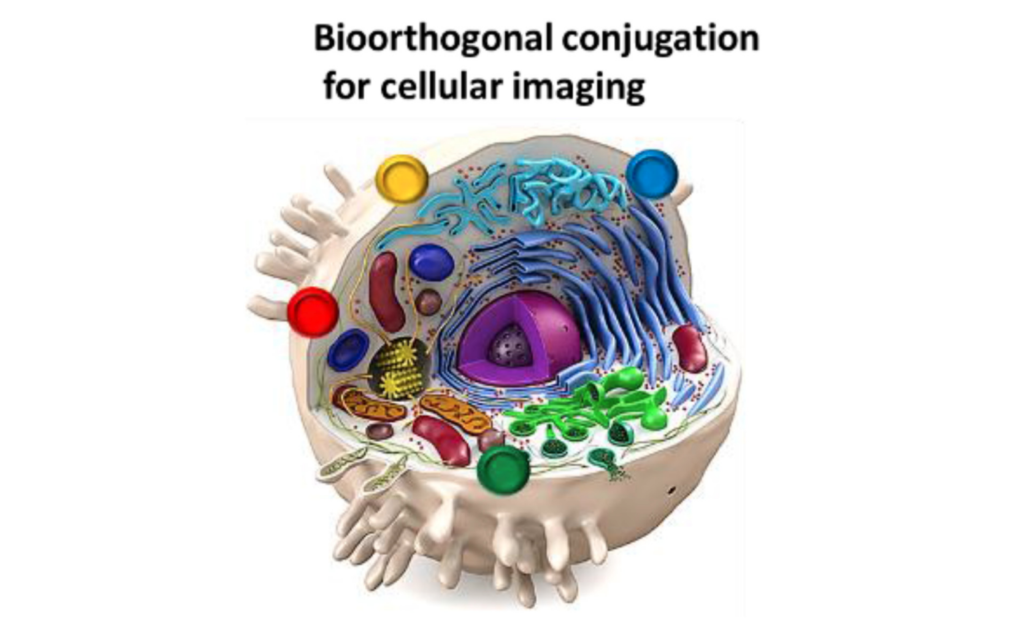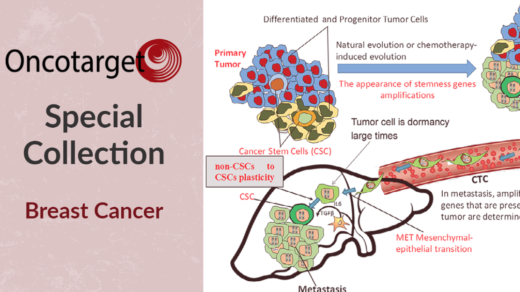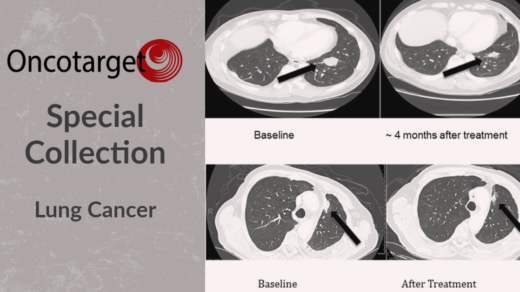Oncotarget published a new editorial perspective by Dr. Mujib Ullah, entitled, “The future of bioorthogonal-chemistry for targeting of exosomes in precision medicine.”

Extracellular vesicles are membrane-bound vehicles released by cells into the extracellular environment. There are three known types of extracellular vesicles: microvesicles, apoptotic bodies and exosomes. Discovered in 1983, exosomes can be defined as packets of bio-nanoparticles released by cells containing bioactive molecules such as proteins, lipids and nucleic acids. Exosomes can deliver their payload to other cells and are now also recognized for their role in cell-to-cell communication. This makes exosomes attractive targets for precision medicine tactics. However, targeting exosomes is challenging due to their nano-size and reactive contents. Bioorthogonal-chemistry may provide a new approach for targeting exosomes in precision medicine.
“Bioorthogonal is the name of a chemical reaction that can occur inside of living cells without interfering the naïve biological process [1, 2].”
Bioorthogonal-chemistry allows for the attachment of bioactive molecules to the surface of exosomes without disturbing the native environment. Developed in the early 2000s, this strategy could potentially be used to deliver therapeutic drugs or bioactive molecules directly to the target site with high precision. Bioorthogonal-chemistry is still at an early stage of development, but it holds promise in precision medicine for the treatment of cancer and other illnesses. By providing a way to target exosomes with bioactive molecules, bioorthogonal-chemistry could help to significantly improve the efficacy of medical treatments. It could also reduce the side effects of current treatments and increase safety for patients.
“The concept of bioorthogonal chemistry has inspired a generation of biologists to think about RNA editing and bioengineering of exosomes [3, 4].”
On December 6, 2022, Oncotarget published a new editorial perspective by Dr. Mujib Ullah from Stanford University, entitled, “The future of bioorthogonal-chemistry for targeting of exosomes in precision medicine.”
In this short editorial perspective, Dr. Ullah discussed current exosome-loading techniques, including electroporation, heat shock, sonication, and ultracentrifugation. He wrote that these techniques are disruptive and potentially ineffective methods of exosome loading. On the other hand, he explained that using a precise, targeted bioorthogonal reaction can overcome the aforementioned issues. Dr. Ullah listed nine questions at the end of his editorial perspective. He believes these important questions must be answered in order to showcase the potential of bioorthogonal reactions in future clinical biomedical applications:
- Can bioorthogonal chemistry help in the development of more powerful bioimaging and biosensing techniques?
- Can the combination of exosomes with biorthogonal chemistry overcome some of the current translational hurdles in precision medicine?
- Can new drugs be designed inside humans?
- Can the exosomes cargo be detected by conjugation chemistry?
- Can we track the metabolites encapsulated inside the exosomes?
- Can pharmaceuticals be synthesized inside living system?
- How many orthogonal reactions can be performed in one time?
- What is the half life of these reactions?
- Biorthogonal reactions are rapid but what is the speed of reactions?
Click here to read the full editorial perspective published by Oncotarget.
ONCOTARGET VIDEOS: YouTube | LabTube | Oncotarget.com
—
Oncotarget is an open-access journal that publishes primarily oncology-focused research papers in a continuous publishing format. These papers are available at no cost to readers on Oncotarget.com. Open-access journals have the power to benefit humanity from the inside out by rapidly disseminating information that may be freely shared with researchers, colleagues, family, and friends around the world.
For media inquiries, please contact media@impactjournals.com.



